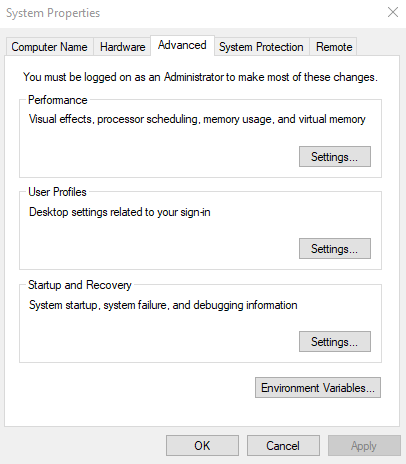
You can find your project ID in the CARC User Portal. Also make sure to substitute your project ID, which is of the form _. Make sure to change the resource requests (the -time=1:00:00 -cpus-per-task=8 -mem=16GB -account= part after your salloc command) as needed, such as the number of cores and memory required. Once resources are allocated, activate your Conda environment and run the ~]$ salloc -time=1:00:00 -cpus-per-task=8 -mem=16GB -account= salloc: Pending job allocation 22658 salloc: job 22658 queued and waiting for resources salloc: job 22658 has been allocated resources salloc: Granted job allocation 22658 salloc: Waiting for resource configuration salloc: Nodes d11-35 are ready for job.Reserve job resources on a node using Slurm's salloc command.To use your Conda environment interactively on a compute node, follow these two steps: Using Anaconda interactively on a compute node is useful for more intensive work like exploring data, testing models, debugging, and profiling. For more information on jobs, see our Running Jobs user guide. Processes left running on login nodes may be terminated without warning. Unless you are only running a small test, please make sure to run your program as a job interactively on a compute node. Using Anaconda on a login node should be reserved for setting up environments and installing packages.Ī common mistake for new users of HPC clusters is to run heavy workloads directly on a login node (e.g., or ). To remove a Conda environment, enter: mamba env remove -name Running Anaconda in interactive modeĪfter activating your Conda environment, the main application you are using with your environment can be run interactively on a login node by simply entering the associated command. To view a list of all your Conda environments, enter: mamba env list Then activate the environment: conda activate /project// Where is your project's account ID of the form _. For example: mamba create -prefix /project// You can also create a new environment in your project directory instead using the -prefix option. To deactivate an environment, enter: conda deactivate Enter module purge to unload all loaded modules. Please note that a version of the main application you are using (e.g., Python or R) is installed in the Conda environment, so the module versions of these should not be loaded when the Conda environment is activated.
ANACONDA PROMPT COMMANDS INSTALL
Once activated, you can then install packages into that environment: mamba install Then activate the environment: conda activate Where is the name your want for your environment. To create a new Conda environment in your home directory, enter: mamba create -name Install packages into the environment with mamba install.Activate the environment with conda activate.Create an environment with mamba create.The process for creating and using environments has a few basic steps: However, you can use the conda command, with various options, to install and inspect Conda environments.

We recommend using the mamba command for faster package solving, downloading, and installing.

Conda environments are isolated project environments designed to manage distinct package requirements and dependencies for different projects. You can create new Conda environments in one of your available directories. Installing Conda environments and packages Read more about Conda configuration here. We recommend installing either mambaforge or Miniconda.Ĭonda can also be configured with various options. If you want a newer version of Conda or Mamba than what is available in the module, you can also install them into one of your directories. This modifies your ~/.bashrc file so that Conda and Mamba are ready to use every time you log in (without needing to load the module). The next step is to initialize your shell to use Conda and Mamba: mamba init bash source ~/.bashrc

This module also provides Mamba, which is a drop-in replacement for most conda commands that enables faster package solving, downloading, and installing.

Included in all versions of Anaconda, Conda is the package and environment manager that installs, runs, and updates packages and their dependencies. This module is based on the minimal Miniconda installer. To use Anaconda, first load the corresponding module: module purge module load conda You can find instructions for this in the Getting Started with Discovery or Getting Started with Endeavour user guides. Using Anaconda on CARC systemsīegin by logging in. It also supports other programming languages like C, C++, FORTRAN, Java, Scala, Ruby, and Lua. Anaconda is a package and environment manager primarily used for open-source data science packages for the Python and R programming languages.


 0 kommentar(er)
0 kommentar(er)
